Turmeric Root Extract (Curcumin) Powder
$23.99
Curcumin: A Healthy Inflammation Response
Before we discuss turmeric and the curcuminoid’s relationship to inflammation, it is vital to understand what actual anti-inflammatories are and what they do.
- Anti-inflammatories only work on one area of the entire inflammatory cascade and often negatively affect the whole cascade.
- Nonsteroidal anti-inflammatories work by reducing prostaglandins, which are chemicals that promote inflammation, pain, and fever.
- A group of enzymes produce these prostaglandins called cyclooxygenases, otherwise known as (COX).
- There are precisely two types of COX enzymes known as COX-1 and COX-2. Both produce these prostaglandins, which promote pain, fever, and inflammation, but only cox-1 promotes prostaglandins that activate platelets and protect the stomach lining.
- The job of the nonsteroidal anti-inflammatories is to essentially block the Cox enzymes and reduce the production of prostaglandins.
- Prednisone(A steroid-based anti-inflammatory) works in a much different way to produce a similar result.
- According to the Mayo Clinic, “Corticosteroids mimic the effects of hormones your body produces naturally in your adrenal glands, which sit on top of your kidneys.
- Curcumin is touted as one of the most remarkable compounds for supporting a healthy inflammation response due to its unique mechanisms of action (Modulating Nuclear factor-kappa B).
- Nuclear factor-kappa B is a protein complex that turns on genes that produce inflammation. Its three main jobs are the transcription of DNA, cytokine production, and cell survival. By modulating its action, this, in turn, prevents the rest of the cascade-like cyclooxygenases (COX 1 and 2), Lipoxygenase (lkb4) enzymes, and inducible nitric oxide synthase from responding in an unhealthy way.
Description
About Product
It has been subject to extensive scientific scrutiny, with over 1,000 published studies and over 7,000 articles highlighting its potential medicinal properties.
Historically integral to India’s culinary and medicinal landscape for over 2,500 years, curcumin has been a dietary staple with considerable significance in therapeutic practices.
Given its extensive array of nearly 600 potential therapeutic effects, curcumin remains a focal point of scientific investigation and health discourse. As research progresses, it remains integral to Ayurvedic, Traditional Chinese, and Western herbal medicine, continuously explored for dietary inclusion and therapeutic use.
Turmeric vs. Curcumin: What is the difference?
You may notice a wide array of turmeric products as you search online or in the aisles of a health store.
You will often see every version of this herb, from whole turmeric root in a capsule and whole herb tinctures to various versions of standardized extracts focusing on concentrated levels of curcuminoids. It is not uncommon when terms describing various end products derived from the same original food are used interchangeably.
Much like how cacao, cocoa, and chocolate are terms often clumped together because they are all derived from the cacao bean but are actually different end products with individually unique nourishing qualities. This is also the case when we speak about curcumin and turmeric.
Contrary to popular opinion, while curcumin is derived from turmeric, consuming a whole version of turmeric versus a product with concentrated levels of curcuminoids produces some unique qualities and differences in the end result.
In order to understand what separates these two end products, it is essential to discuss the concept of synergy.
The primary principle behind synergy is understanding that the whole is greater than the sum of its simple parts. When applying this concept to using a whole turmeric root extract versus a product that focuses on specific levels of curcuminoids, the natural levels of the other various compounds (other than curcuminoids) found in whole turmeric root create a broader spectrum of nourishing results versus a targeted approach on specific mechanisms of action.
The potent broad-spectrum compounds in whole turmeric root extracts create a whole herb matrix, so no particular compound dominates the entire spectrum. Therefore, it is reasonable to conclude that consuming a whole turmeric extract creates different nourishing results than consuming a standardized extract focusing on a specific family of compounds. So, in a nutshell, curcumin is a compound in the curcuminoid family that is derived from turmeric root.
What are Curcuminoids?
A curcuminoid is a small class of secondary metabolites that include curcumin, Demethoxycurcumin, and Bisdemethoxycurcumin, all of which are isolated from Turmeric. These compounds are phenols and are responsible for turmeric’s yellow color. Within the curcuminoid family, curcumin is the primary compound, and the other two curcuminoids are analogs of curcumin. An analog is a compound with a molecular structure similar to the primary compound. While Demethoxycurcumin and Bisdemethoxycurcumin are believed to act similarly to curcumin, it is not explicitly known if they act to the same extent.
To simplify this explanation, think of a lock, and each of these three compounds has a key that fits the lock, but only curcumin can open it. It is important to note that all curcumin extracts naturally contain curcumin and both analogs, but the analogs are often not standardized to a specific percentage.
Curcumin: A Healthy Inflammation Response
Before we discuss turmeric and the curcuminoid’s relationship to inflammation, it is vital to understand what actual anti-inflammatories are and what they do. Anti-inflammatories only work on one area of the entire inflammatory cascade and often negatively affect the whole cascade. In a nutshell, nonsteroidal anti-inflammatories work by reducing prostaglandins, which are chemicals that promote inflammation, pain, and fever. A group of enzymes produce these prostaglandins called cyclooxygenases, otherwise known as (COX). There are precisely two types of COX enzymes known as COX-1 and COX-2. Both produce these prostaglandins, which promote pain, fever, and inflammation, but only cox-1 promotes prostaglandins that activate platelets and protect the stomach lining.
The job of the nonsteroidal anti-inflammatories is to essentially block the cox enzymes and reduce the production of prostaglandins. For your reference…
- Aspirin is a COX-1 inhibitor, and
- The drug Celebrex is a COX-2 inhibitor.
Prednisone (A steroid-based anti-inflammatory) works in a much different way to produce a similar result. According to the Mayo Clinic, “Corticosteroids mimic the effects of hormones your body produces naturally in your adrenal glands, which sit on top of your kidneys.
Curcumin is touted as one of the most remarkable compounds for supporting a healthy inflammation response due to its unique mechanisms of action (Modulating Nuclear factor-kappa B). Nuclear factor-kappa B is a protein complex that turns on genes that produce inflammation. Its three main jobs are the transcription of DNA, cytokine production, and cell survival. By modulating its action, this, in turn, prevents the rest of the cascade-like cyclooxygenases (COX 1 and 2), Lipoxygenase (lkb4) enzymes, and inducible nitric oxide synthase from responding in an unhealthy way.
Research has shown that curcumin-free turmeric extracts can support a healthy inflammation response. The following statement was made in a review discussing the identification and effectiveness of specific compounds found in turmeric, “Recent research has identified numerous chemical entities from turmeric other than curcumin. It is unclear whether all of the activities ascribed to turmeric are due to curcumin or whether other compounds in turmeric can manifest these activities uniquely, additively, or synergistically with curcumin. However, studies have indicated that turmeric oil, present in turmeric, can enhance the bioavailability of curcumin.” Furthermore, specific essential oils in turmeric are necessary to utilize curcumin properly.
Curcumin’s ability to support a healthy inflammation response as one of its key benefits has produced a fallacy that turmeric is an anti-inflammatory. The results of human research, the experience of many top herbalists, and the fact that turmeric has many modes of action (upwards of 300 activities have been ascribed to it) show its ability to possibly be amphoteric (normalizing the function of an organ or system).
Turmeric: A Traditional Chinese Medicine (TCM) Perspective
Turmeric, known as Jiang Huang in TCM, translates into fragrant gold, has a pungent, bitter flavor, is slightly cooling in nature, and acts upon the heart, liver, lung, and gallbladder channels. TCM believes that turmeric can invigorate the blood and support healthy circulation, preventing what TCM calls stagnation. Stagnation occurs when Qi and blood fail to move correctly and is one of the most common imbalances in the human body.
It is crucial to understand that nothing in TCM is cut and dry. This imbalance is known to cause a broad spectrum of potential symptoms because when stagnation occurs, it creates an environment that allows things to build up in the stagnated area. This phenomenon can also cause deficiencies due to the lack of Qi and blood flow in other areas. Because turmeric has a cooling and dispersing nature, it is considered an excellent tool for heat stagnation issues like fever, depression, and pain. One of the many reasons for heat stagnation is sympathetic overdrive, which creates too much cortisol and adrenalin.
While turmeric’s cooling nature has been shown to have powerful effects on the inflammation cascade, it is also helpful for those whose issue is caused by cooling-induced heat. This pathology describes inflammation symptoms that worsen in cold weather, like Osteo and Rheumatoid arthritis, versus those that worsen in warm weather.
This is why it is essential to distinguish between cool-induced and heat-induced heat and if the individual has a cold or warm constitution. Because our blood is fluid, it follows the same principles as the viscosity of water. It is more viscous at cooler temperatures and flows slower and less freely. It is less dense at warm temperatures and flows faster and more freely. So, if your body fails to maintain a warm enough body temperature, TCM principles state that your blood begins to congeal and flows less smoothly. As stated earlier, TCM looks at the individual and their response to many factors, so there is no one simple answer for everyone.
Although TCM principles dictate that turmeric is a cooling herb, it is also considered a warm and spicy herb that warms and invigorates the blood. However, the bitterness of turmeric is believed to drive the effect deeper and has a dredging effect. The Chinese materia medica states that turmeric can disperse clumping in the circulation, powerfully restoring flow and thereby reducing inflammation.
Summary of Important Information
Z Natural Foods hand-picks specific ingredients for our customers based on three concepts to provide the best quality product possible to support optimal well-being.
- Versatility
- History of safe and effective usage
- Strong evidence of positive research outcomes in humans
What are Curcuminoids?
- A curcuminoid is a small class of secondary metabolites that include curcumin, Demethoxycurcumin, and Bisdemethoxycurcumin, all of which are isolated from Turmeric.
- These compounds are phenols and are responsible for turmeric’s yellow color.
- Within the curcuminoid family, curcumin is the primary compound, and the other two curcuminoids are analogs of curcumin.
- An analog is a compound with a molecular structure similar to the primary compound.
- While Demethoxycurcumin and Bisdemethoxycurcumin are believed to act similarly to curcumin, it is not explicitly known if they act to the same extent.
- To simplify this explanation, think of a lock, and each of these three compounds has a key that fits the lock, but only curcumin can open it.
- It is important to note that all curcumin extracts naturally contain curcumin and both analogs, but the analogs are often not standardized to a specific percentage.
Curcumin: A Healthy Inflammation Response
Before we discuss turmeric and the curcuminoid’s relationship to inflammation, it is vital to understand what actual anti-inflammatories are and what they do.
- Anti-inflammatories only work on one area of the entire inflammatory cascade and often negatively affect the whole cascade.
- Nonsteroidal anti-inflammatories work by reducing prostaglandins, which are chemicals that promote inflammation, pain, and fever.
- A group of enzymes produce these prostaglandins called cyclooxygenases, otherwise known as (COX).
- There are precisely two types of COX enzymes known as COX-1 and COX-2. Both produce these prostaglandins, which promote pain, fever, and inflammation, but only cox-1 promotes prostaglandins that activate platelets and protect the stomach lining.
- The job of the nonsteroidal anti-inflammatories is to essentially block the Cox enzymes and reduce the production of prostaglandins.
- Prednisone(A steroid-based anti-inflammatory) works in a much different way to produce a similar result.
- According to the Mayo Clinic, “Corticosteroids mimic the effects of hormones your body produces naturally in your adrenal glands, which sit on top of your kidneys.
- Curcumin is touted as one of the most remarkable compounds for supporting a healthy inflammation response due to its unique mechanisms of action (Modulating Nuclear factor-kappa B).
- Nuclear factor-kappa B is a protein complex that turns on genes that produce inflammation. Its three main jobs are the transcription of DNA, cytokine production, and cell survival. By modulating its action, this, in turn, prevents the rest of the cascade-like cyclooxygenases (COX 1 and 2), Lipoxygenase (lkb4) enzymes, and inducible nitric oxide synthase from responding in an unhealthy way.
Constituents of Turmeric Extract include:
- Phytochemicals: Alpha-Alantone, Alpha-Terpineol, Demethoxycurcumin, Arabinose, AR-Turmerone, Arabinose, Azulene, Bisabolene, Cinnamic-Acid, Curcumin, Curlone, L-Alpha-Cumcumene, L-Beta-Curcumene, Bisdemethoxycurcumin, Turmerone, Zingiberene
- Essential Oils: Beta-Pinene, Caryophyllene, Cineole, Curcumene, Curcumenol, Curdione, Eugenol, Limonene, Linalol, Terpinene, Trepineol
For additional constituent information, visit http://www.ars-grin.gov/cgi-bin/duke/farmacy2.pl
Suggested Use: Mix ½ to 1 teaspoon with your favorite juice or add to your favorite smoothie.
Mixing Suggestions: To increase flavor and nutritional profile, combined with our organic ginger, piperine extract, and coconut oil.
Botanical Name: Curcuma Longa.
Other Names: Indian saffron, Curcumin, Jiang Huang, Ukon, Goeratji, Kakoenji, Koenjet, Kondin, Kunir, Kunyit, Oendre, Rame, Renet, Temu kuning, Temu kunyit, Tius, Terra Merita, Safran Boubou, Safran De Malabar, Safran Des Indes.
Parts Used: Turmeric Root.
Ingredients: Turmeric Root Extract standardized to 95% Curcuminoids (Demethoxycurcumin, Bisdemethoxycurcumin, Curcumin).
Origin: Grown and extracted in China and packaged with care in Florida, USA.
How to Maintain Optimum Freshness
- This product is packaged in airtight stand-up, resealable foil pouches for optimum freshness.
- Once opened, push the air out of the pouch before resealing it to preserve maximum potency.
- Keep your powder in a cool, dark, dry place.
This product is 100% natural and minimally processed:
Taste, smell, texture, and color vary from batch to batch. Go here to learn why our products may naturally vary.
The important protections we take to bring you safe and nutritious superfoods:
Please go here to discover the essential steps we take to deliver fresh, quality nutrition.
Additional information
| Weight | 2.82 oz |
|---|
Only logged in customers who have purchased this product may leave a review.

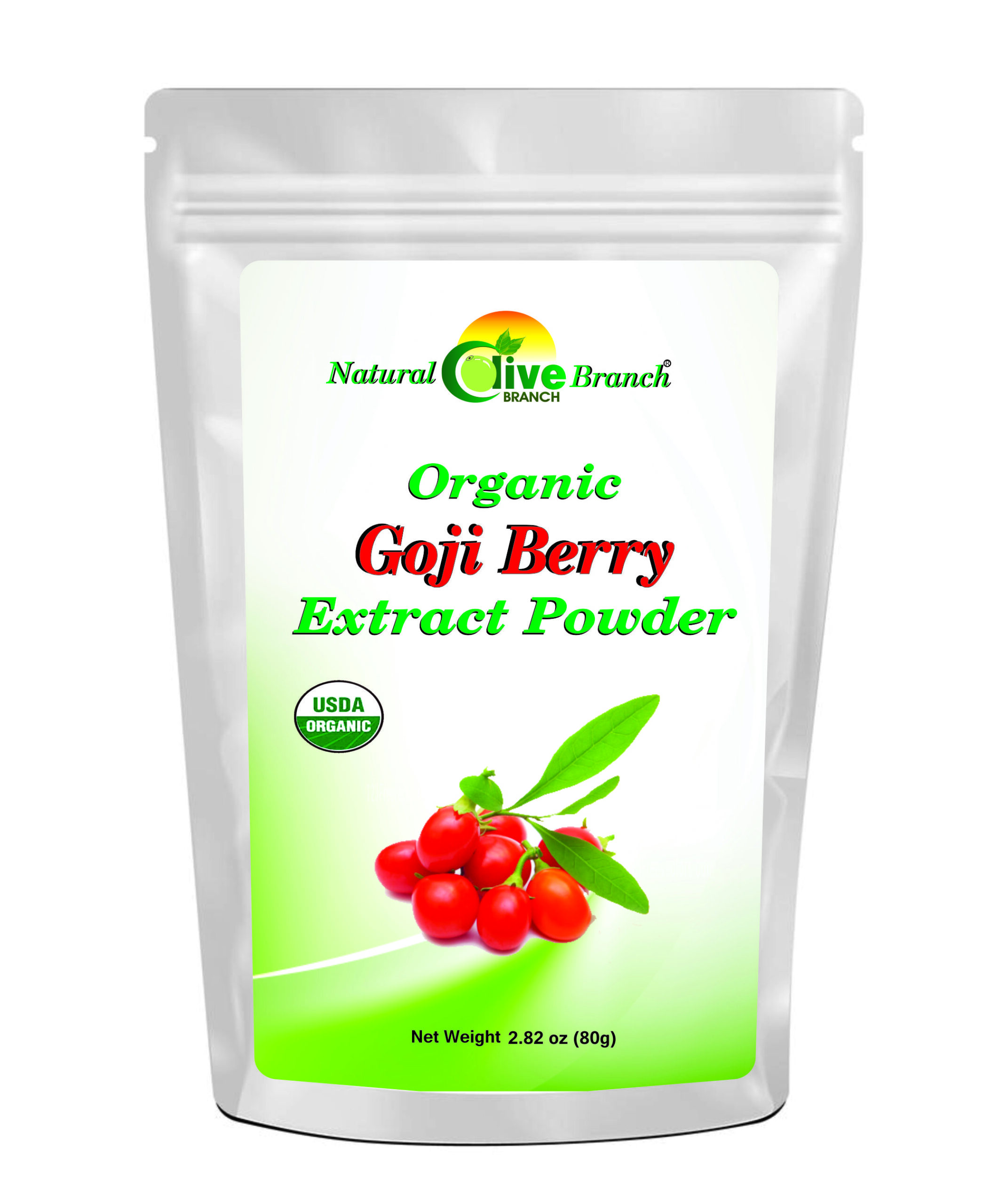
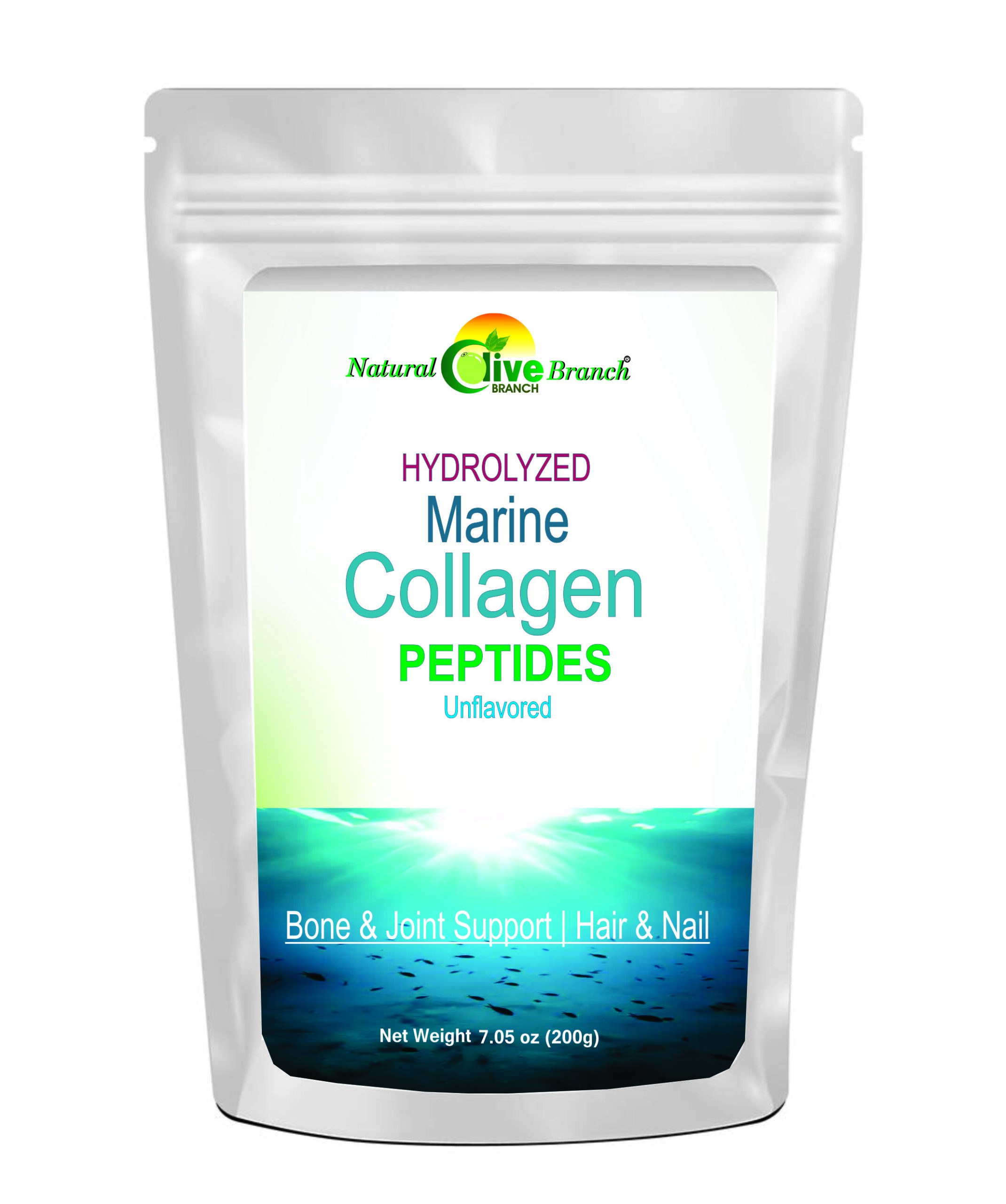
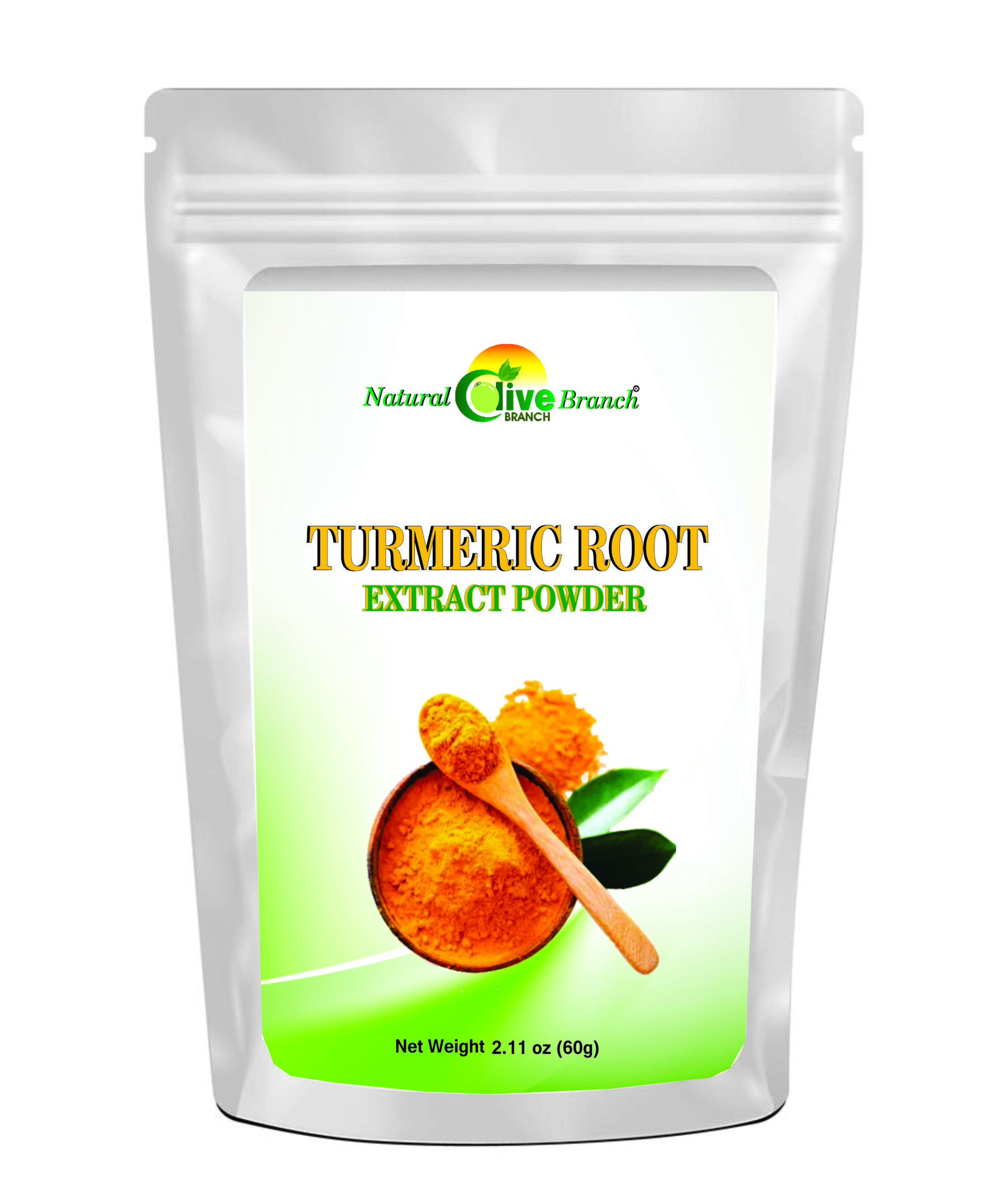

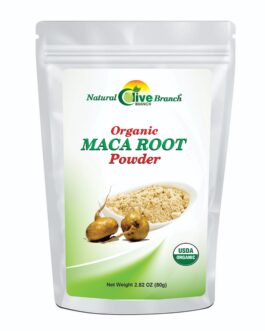
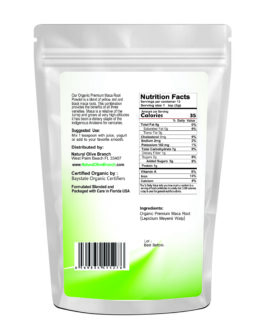
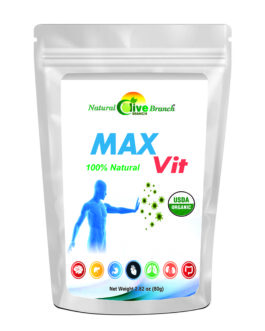
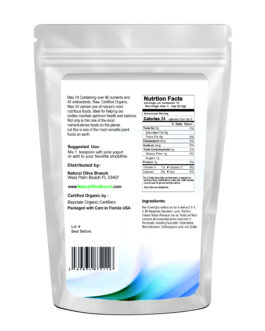
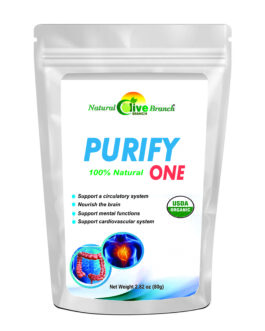
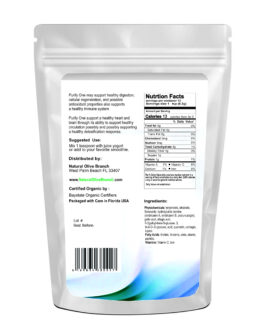
Reviews
There are no reviews yet.